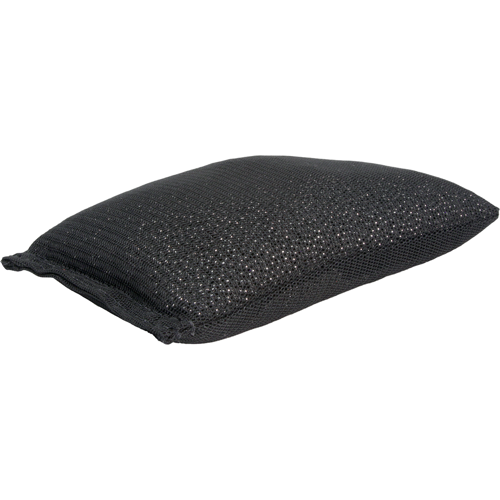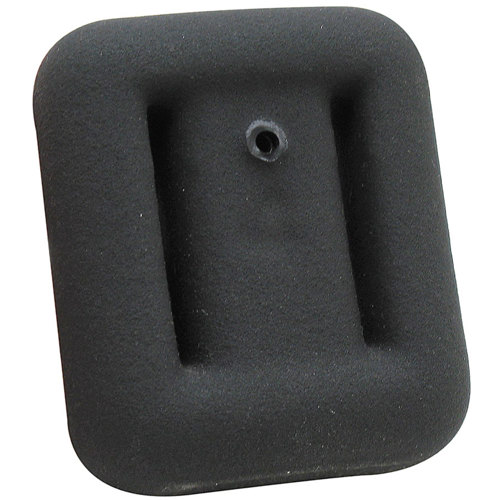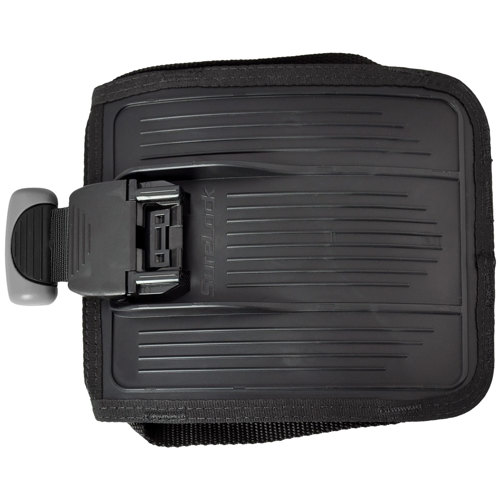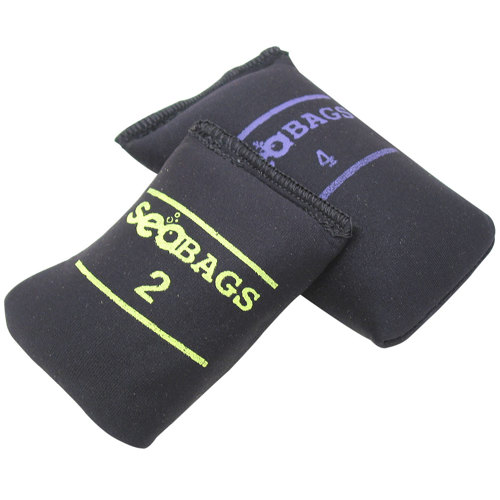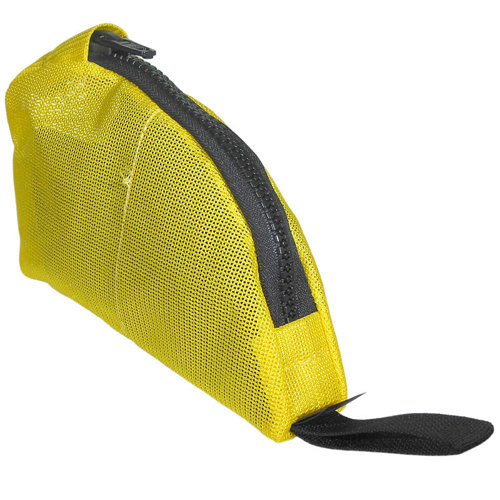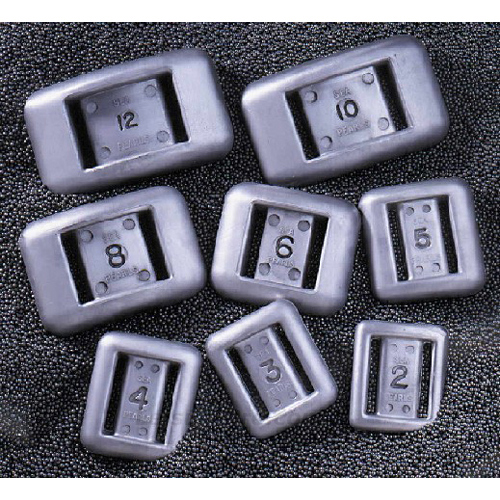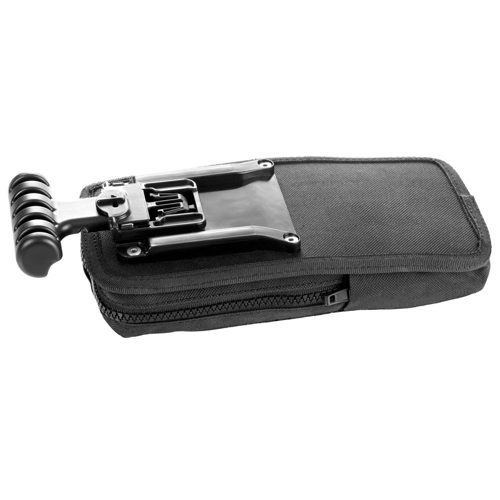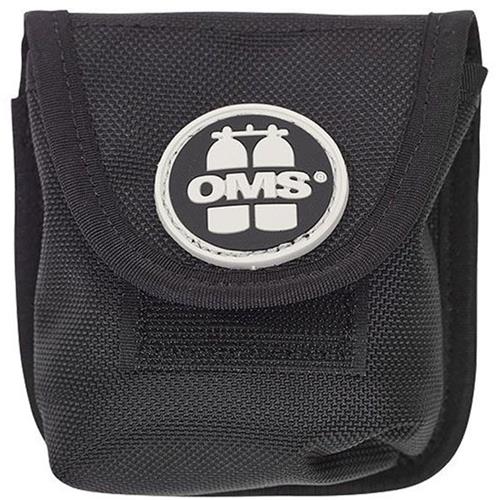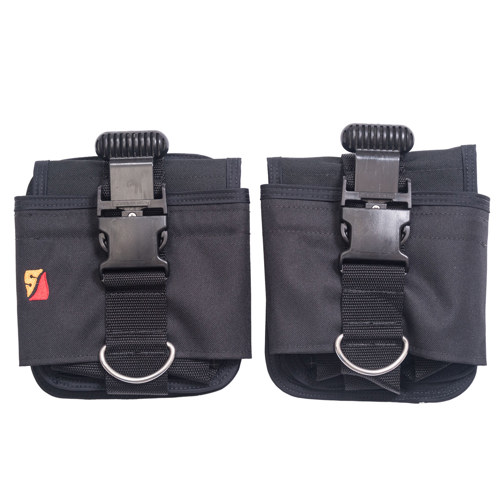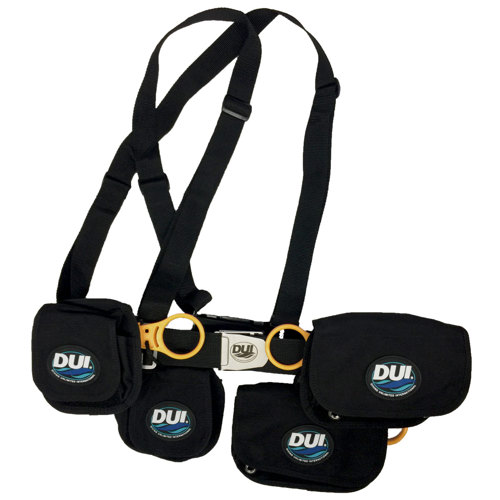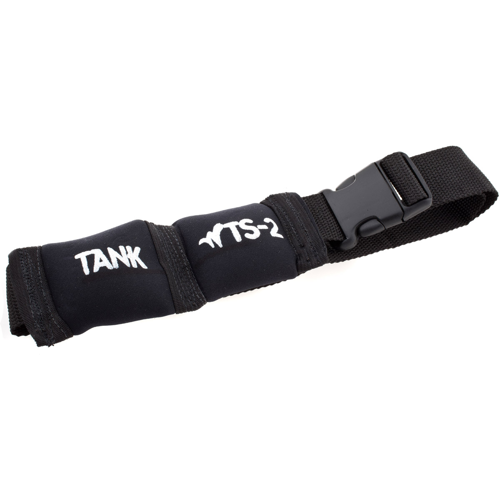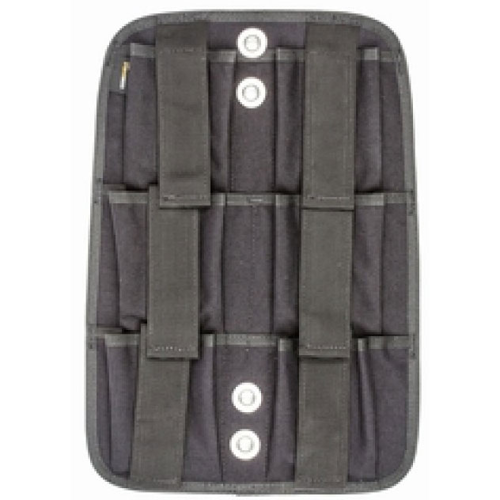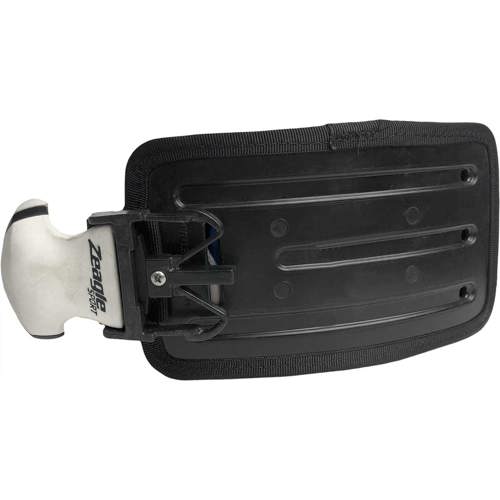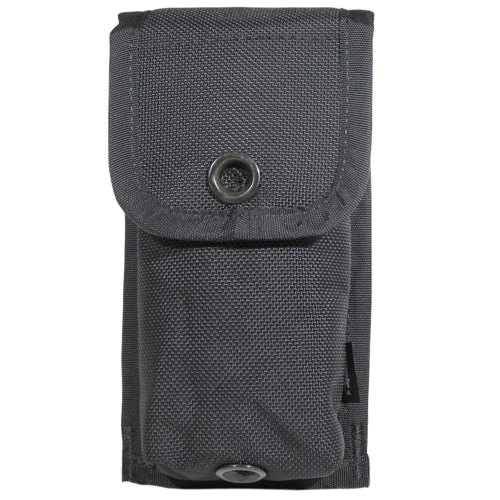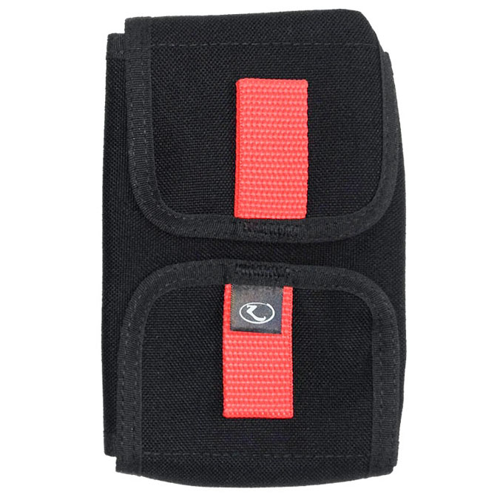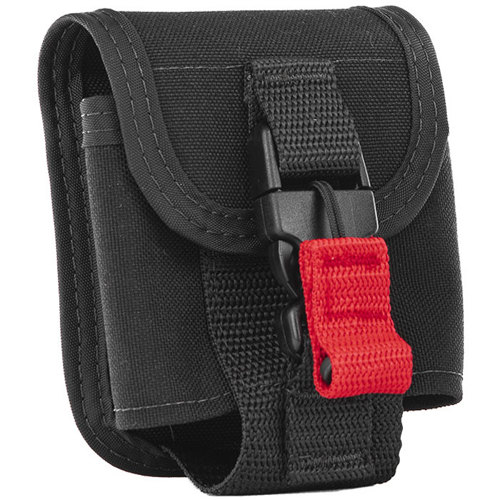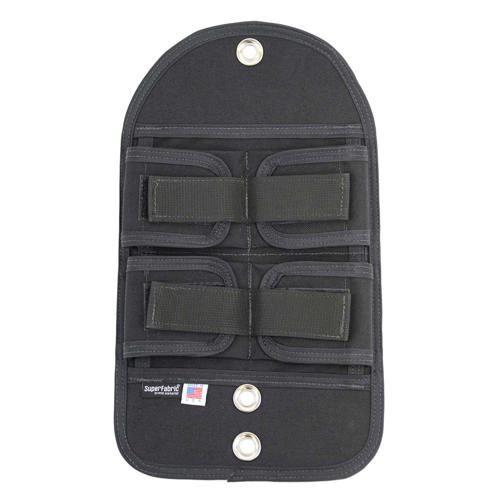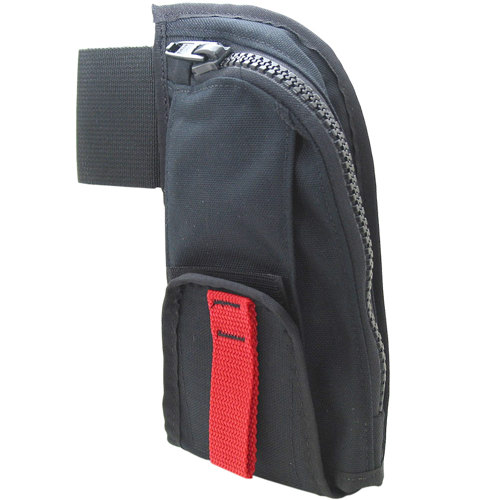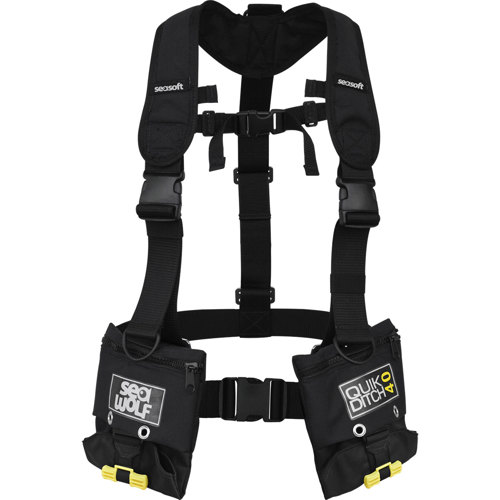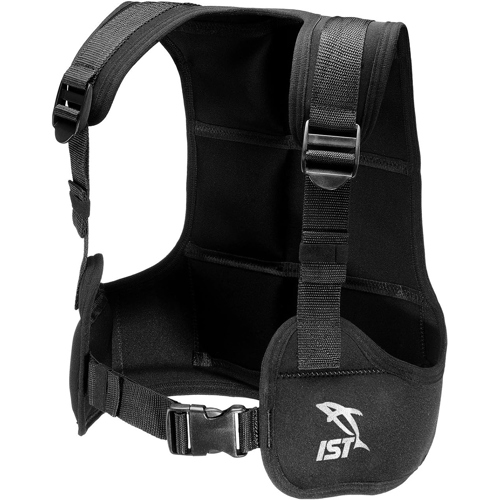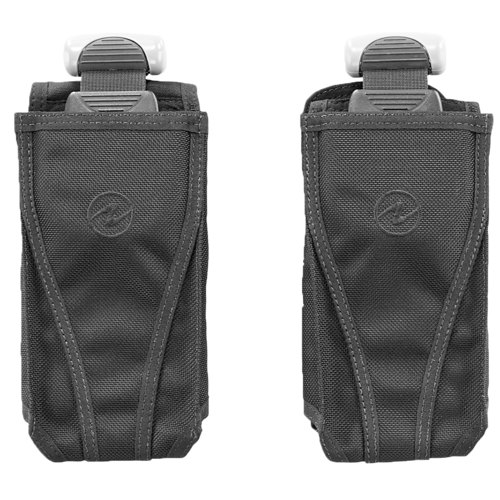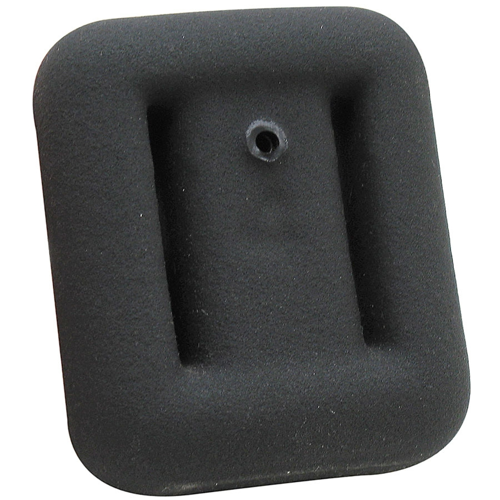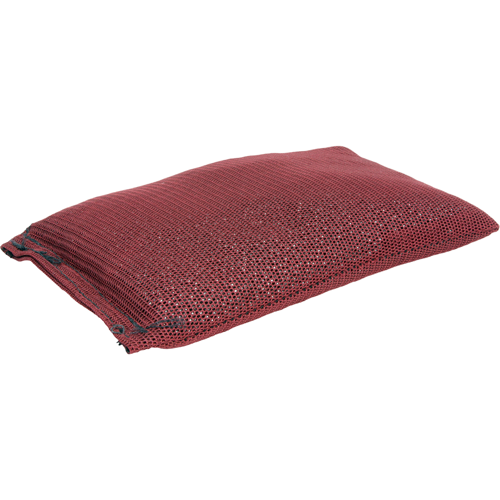For divers who frequent deeper waters, colder environments, or who use drysuits and technical gear setups, heavy diving weights are an essential part of their underwater kit. The right amount of ballast is crucial for achieving neutral buoyancy, which not only enhances safety but also allows for more effortless movement and control below the surface. As summer approaches and the water beckons, many divers are preparing for longer, more challenging dives where heavier weights become necessary—especially when layering up in thicker wetsuits or switching to drysuits for extended bottom times. The increased buoyancy from these protective layers requires extra lead to offset, and that's where heavy diving weights come into play. Whether you’re a seasoned technical diver heading out to explore wrecks and caves, or a recreational diver preparing for a trip to a colder destination, selecting the right weight system is as important as choosing your mask or fins.
Heavy diving weights are not just for the most advanced divers; they are also invaluable for instructors, dive leaders, and anyone assisting less experienced buddies who may need help with their buoyancy. Instructors often carry extra weight to lend a hand to students struggling to descend, especially in training scenarios where nerves and unfamiliar gear can make buoyancy control more challenging. For those who enjoy diving with camera rigs or other specialized equipment, the added drag and buoyancy shifts can require careful adjustment of your weights to maintain stability and comfort while capturing that perfect shot. When gifting diving equipment to a friend or loved one, heavy weights might not be the first idea that comes to mind, but for the dedicated diver looking to expand their capabilities—perhaps someone taking their first steps into technical or cold water diving—they can be a thoughtful and practical addition to their gear bag. There’s a certain satisfaction in dialing in your weighting, feeling perfectly balanced as you hover over a reef or glide through a kelp forest, free from the constant need to adjust your position.
When choosing heavy diving weights, consider not only the total amount needed but also the style and distribution. Some divers prefer traditional block weights threaded onto a belt, while others opt for integrated weight systems or harnesses that spread the load more comfortably across the body. The shape and coating of the weights can make a difference too—smooth, coated weights are less likely to damage wetsuits or scratch tanks, and they’re easier to handle with gloved hands during colder months. For those venturing into more advanced forms of diving, such as deep, overhead, or technical environments, it’s worth exploring specialized options designed for redundancy and streamlined movement. You can find more information about advanced ballast systems and their uses on our
Technical Diving Weights page. As always, proper weighting should be confirmed with a buoyancy check at the surface, fully kitted up and ready to dive. With the right heavy diving weights, you’ll enjoy safer, more comfortable dives, whether you’re exploring local lakes this June or planning an expedition to far-off, colder waters.
Top Picks For Heavy Diving Weights

